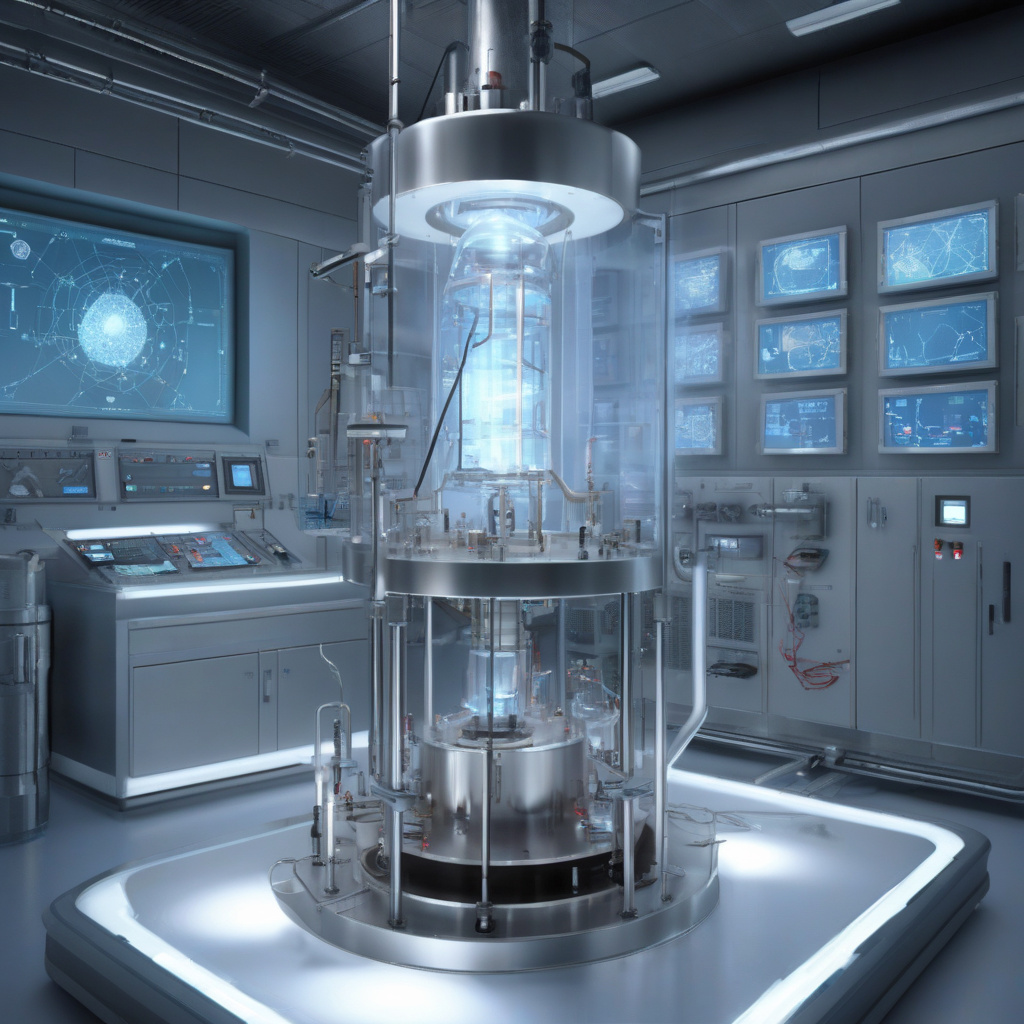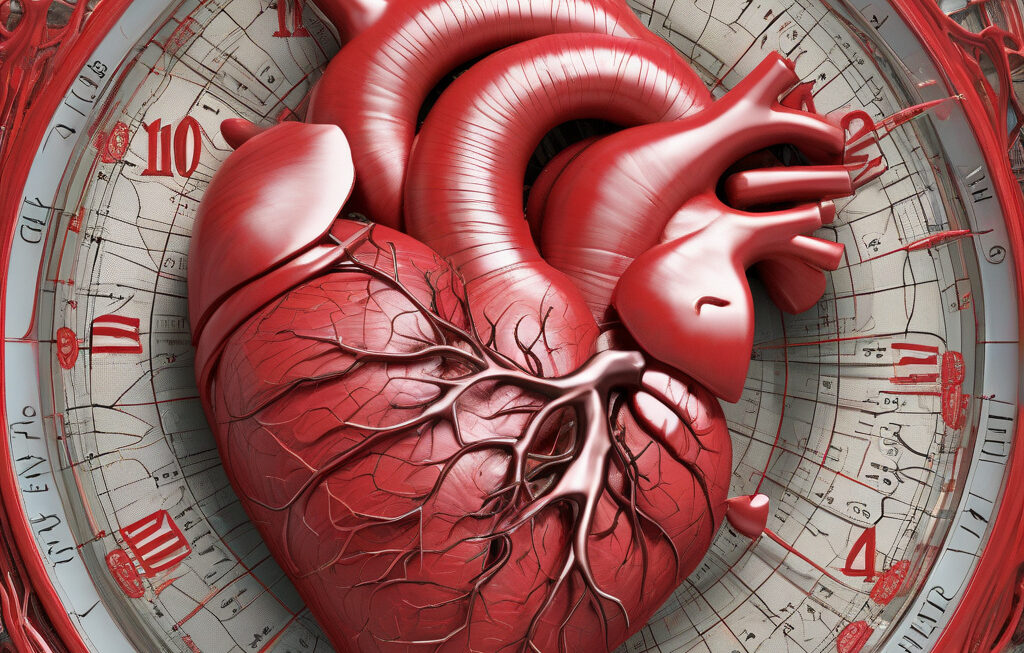Cryogenic Sensor Reads Atomic Decay in Days: A Game-Changer for Nuclear Safety and Care
Researchers at the National Institute of Standards and Technology (NIST) have unveiled a groundbreaking method that could revolutionize nuclear safety and care. By developing a cryogenic sensor capable of reading atomic decay in a matter of days, rather than years, the team at NIST has opened up new possibilities in the field of nuclear science and technology.
Traditional methods of monitoring atomic decay involve waiting for years to accurately measure the rate at which radioactive materials break down. This lengthy process not only hinders the pace of research and development in the nuclear industry but also poses significant challenges in terms of safety and security.
The new cryogenic sensor developed by NIST operates at extremely low temperatures, allowing for an accelerated detection of atomic decay. By rapidly analyzing the decay of radioactive isotopes, this innovative sensor provides researchers with real-time data that was previously unattainable.
One of the most promising applications of this technology lies in enhancing nuclear safety protocols. With the ability to quickly and accurately monitor atomic decay, nuclear facilities can now detect potential issues and anomalies at an early stage, thereby preventing catastrophic events and ensuring the well-being of both personnel and the environment.
Moreover, the cryogenic sensor opens up new possibilities for medical applications of nuclear technology. By expediting the process of monitoring atomic decay, healthcare professionals can more effectively utilize radioactive isotopes in treatments such as cancer therapy, leading to improved patient outcomes and reduced treatment times.
In addition to its implications for safety and healthcare, the development of this cryogenic sensor showcases the power of innovation in the scientific community. By pushing the boundaries of what is possible in nuclear research, NIST has set a new standard for technological advancement in the field.
As we look to the future, the potential impact of this groundbreaking technology cannot be understated. From ensuring the safety of nuclear facilities to revolutionizing medical treatments, the cryogenic sensor developed by NIST has the capacity to reshape the way we approach atomic decay and its applications.
In conclusion, the unveiling of the cryogenic sensor by NIST marks a significant milestone in the field of nuclear science and technology. With its ability to read atomic decay in days rather than years, this innovative technology has the potential to redefine standards of safety, care, and efficiency in various industries.
#CryogenicSensor, #AtomicDecay, #NuclearSafety, #InnovationInScience, #MedicalApplications











